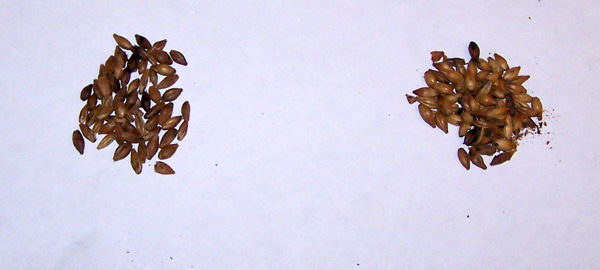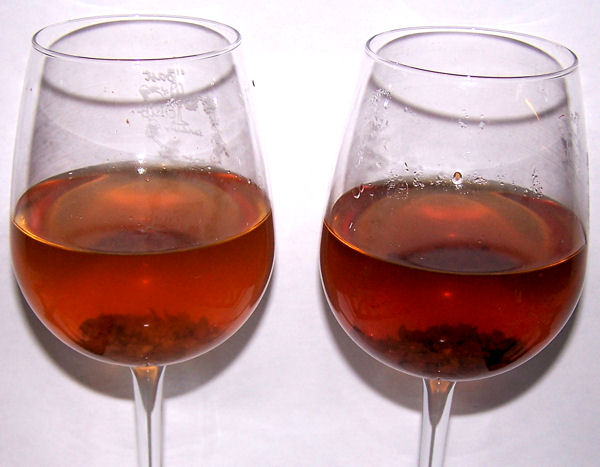dontman
Well-Known Member
Cool thing. Wait til it starts drying out during the next phase and you get that sweet wort smell. Then you'll know you've arrived. You can also use that smell to gauge where you are in the caramelization process.
I just got done a batch of Ordinary Bitter using only MO and my own grains and washed yeast. I feel like a frickin Pennsylvania Dutchman. This is officially the smallest beer I have ever done. (1.040 OG, 1.011 FG)
This is officially the smallest beer I have ever done. (1.040 OG, 1.011 FG)
I just got done a batch of Ordinary Bitter using only MO and my own grains and washed yeast. I feel like a frickin Pennsylvania Dutchman.















![Craft A Brew - Safale S-04 Dry Yeast - Fermentis - English Ale Dry Yeast - For English and American Ales and Hard Apple Ciders - Ingredients for Home Brewing - Beer Making Supplies - [1 Pack]](https://m.media-amazon.com/images/I/41fVGNh6JfL._SL500_.jpg)













































